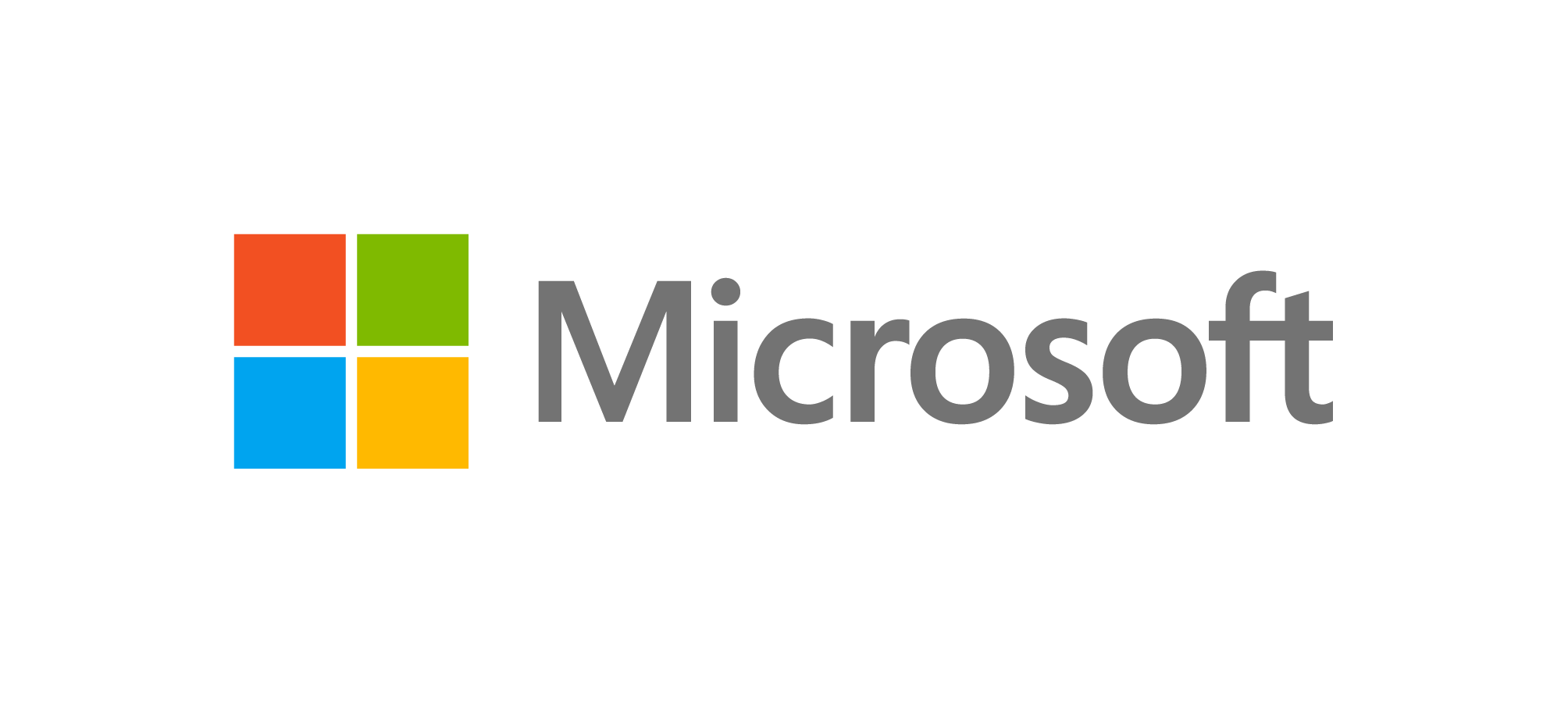AP-CSP Curriculum Guides
1. Creativity
Overview

- EU 1.1 Creative development can be an essential process for creating computational artifacts.
- EU 1.2 Computing enables people to use creative development processes to create computational artifacts for creative expression or to solve a problem.
- EU 1.3 Computing can extend traditional forms of human expression and experience.
Reading from the Computer Science Field Guide

Start by reading through:
Learning objectives

The above chapter readings include specific knowledge for EKs marked in bold. Work to include unmarked learning objectives in the CS Field Guide is currently in progress.
LO 1.1.1 Apply a creative development process when creating computational artifacts.

- EK 1.1.1A A creative process in the development of a computational artifact can include, but is not limited to, employing nontraditional, nonprescribed techniques; the use of novel combinations of artifacts, tools, and techniques; and the exploration of personal curiosities.
- EK 1.1.1B Creating computational artifacts employs an iterative and often exploratory process to translate ideas into tangible form.
LO 1.2.1 Create a computational artifact for creative expression.

- EK 1.2.1A A computational artifact is something created by a human using a computer and can be, but is not limited to, a program, an image, audio, video, a presentation, or a webpage file.
- EK 1.2.1B Creating computational artifacts requires understanding of and use of software tools and services.
- EK 1.2.1C Computing tools and techniques are used to create computational artifacts and can include, but are not limited to, programming integrated development environments (IDEs), spreadsheets, 3D printers, or text editors.
- EK 1.2.1D A creatively developed computational artifact can be created by using nontraditional, nonprescribed computing techniques.
- EK 1.2.1E Creative expressions in a computational artifact can reflect personal expressions of ideas or interests.
LO 1.2.2 Create a computational artifact using computing tools and techniques to solve a problem.

- EK 1.2.2A Computing tools and techniques can enhance the process of finding a solution to a problem.
- EK 1.2.2B A creative development process for creating computational artifacts can be used to solve problems when traditional or prescribed computing techniques are not effective.
LO 1.2.3 Create a new computational artifact by combining or modifying existing artifacts.

- EK 1.2.3A Creating computational artifacts can be done by combining and modifying existing artifacts or by creating new artifacts.
- EK 1.2.3B Computation facilitates the creation and modification of computational artifacts with enhanced detail and precision.
- EK 1.2.3C Combining or modifying existing artifacts can show personal expression of ideas.
LO 1.2.4 Collaborate in the creation of computational artifacts.

- EK 1.2.4A A collaboratively created computational artifact reflects effort by more than one person.
- EK 1.2.4B Effective collaborative teams consider the use of online collaborative tools.
- EK 1.2.4C Effective collaborative teams practice interpersonal communication, consensus building, conflict resolution, and negotiation.
- EK 1.2.4D Effective collaboration strategies enhance performance.
- EK 1.2.4E Collaboration facilitates the application of multiple perspectives (including sociocultural perspectives) and diverse talents and skills in developing computational artifacts.
- EK 1.2.4F A collaboratively created computational artifact can reflect personal expressions of ideas.
LO 1.2.5 Analyze the correctness, usability, functionality, and suitability of computational artifacts.

- EK 1.2.5A The context in which an artifact is used determines the correctness, usability, functionality, and suitability of the artifact.
- EK 1.2.5B A computational artifact may have weaknesses, mistakes, or errors depending on the type of artifact.
- EK 1.2.5C The functionality of a computational artifact may be related to how it is used or perceived.
- EK 1.2.5D The suitability (or appropriateness) of a computational artifact may be related to how it is used or perceived.
LO 1.3.1 Use computing tools and techniques for creative expression.

- EK 1.3.1A Creating digital effects, images, audio, video, and animations has transformed industries.
- EK 1.3.1B Digital audio and music can be created by synthesizing sounds, sampling existing audio and music, and recording and manipulating sounds, including layering and looping.
- EK 1.3.1C Digital images can be created by generating pixel patterns, manipulating existing digital images, or combining images.
- EK 1.3.1D Digital effects and animations can be created by using existing software or modified software that includes functionality to implement the effects and animations.
- EK 1.3.1E Computing enables creative exploration of both real and virtual phenomena.



